The very first lens I bought for my X-Pro 2 was the XF23mm f/1.4, and it’s still one of my favorites. My only issue with the lens is that it can be a little heavy to lug around everywhere, and it isn’t weather-sealed to match my hardy X-Pro 2.
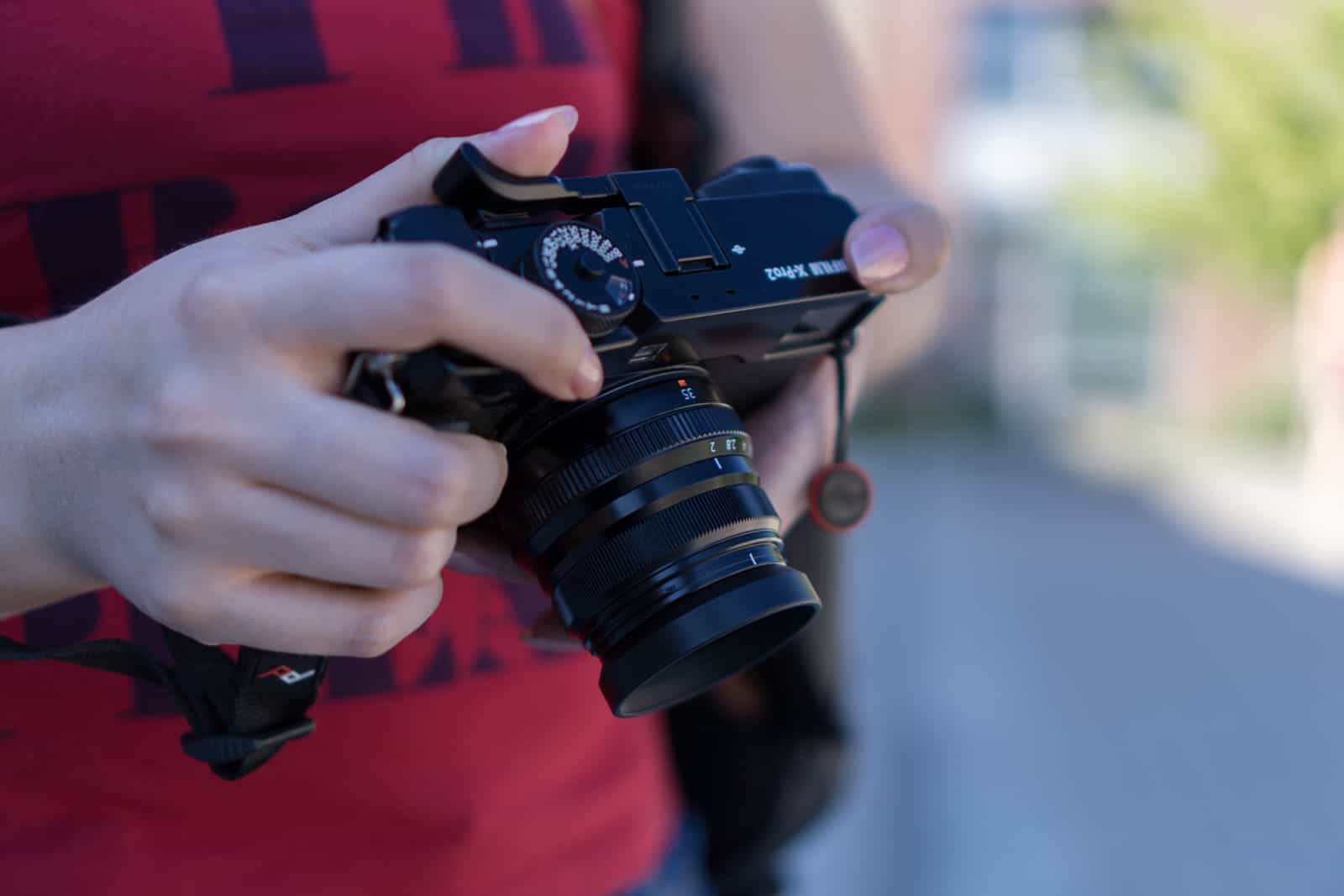
The diminutive XF35mm f/2 doesn’t get in people’s faces, and that makes it amazing for capturing them.
The XF35mm f/2 is the answer to both those shortcomings, and it comes in an incredibly compact package that changes how I carry my camera around.
Light and Fast
After months of shooting with only the XF23mm f/1.4 (0.66 lbs.), the XF35mm f/2 (0.33 lbs.) feels downright breezy in my hands. I actually didn’t like the look of this lens at all when I first saw it — it looked a little puny when mounted on the front of the rangefinder form factor — but the look has grown on me.
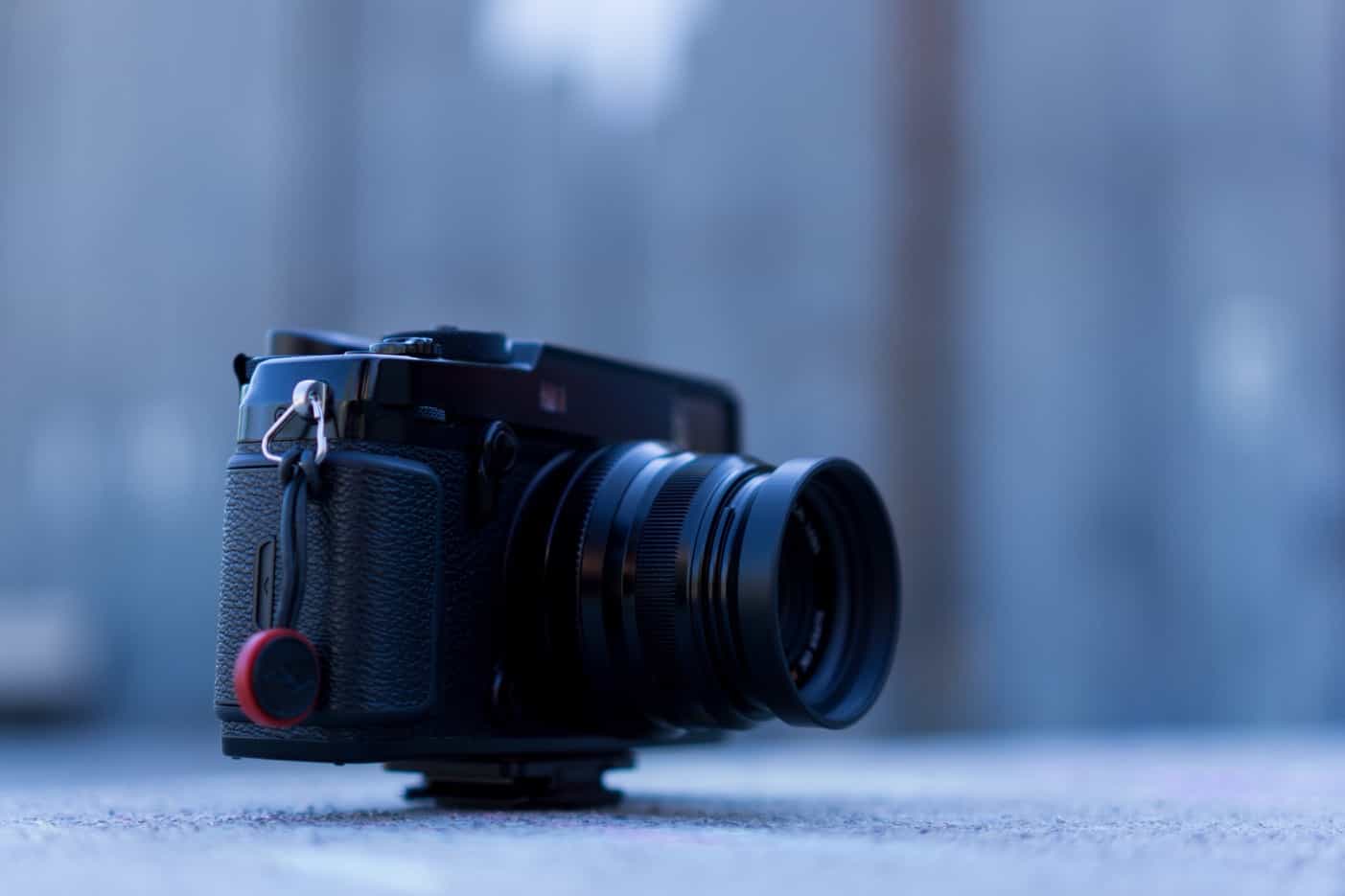
The lens feels lightweight and balanced on the X-Pro 2 body.
The diminutive size changes how I feel when holding the camera. It’s so light that I’m actually understanding the appeal of using a short neck strap (something I never thought I’d say), and it’s easier to line up a shot when the camera’s weight is so negligible. If I’m not using the XF35mm f/2 as my primary lens, it’s effortless to bring along in my Field Pouch, and it fits right into the velcro pouches within the bag.
The XF35mm’s price point has to be mentioned: Whereas the XF23mm f/1.4 clocks in at around $900 new, the XF35mm f/2 is available for a cool $399. This thing is lightweight in every way — easy to carry around, and very easy to afford.
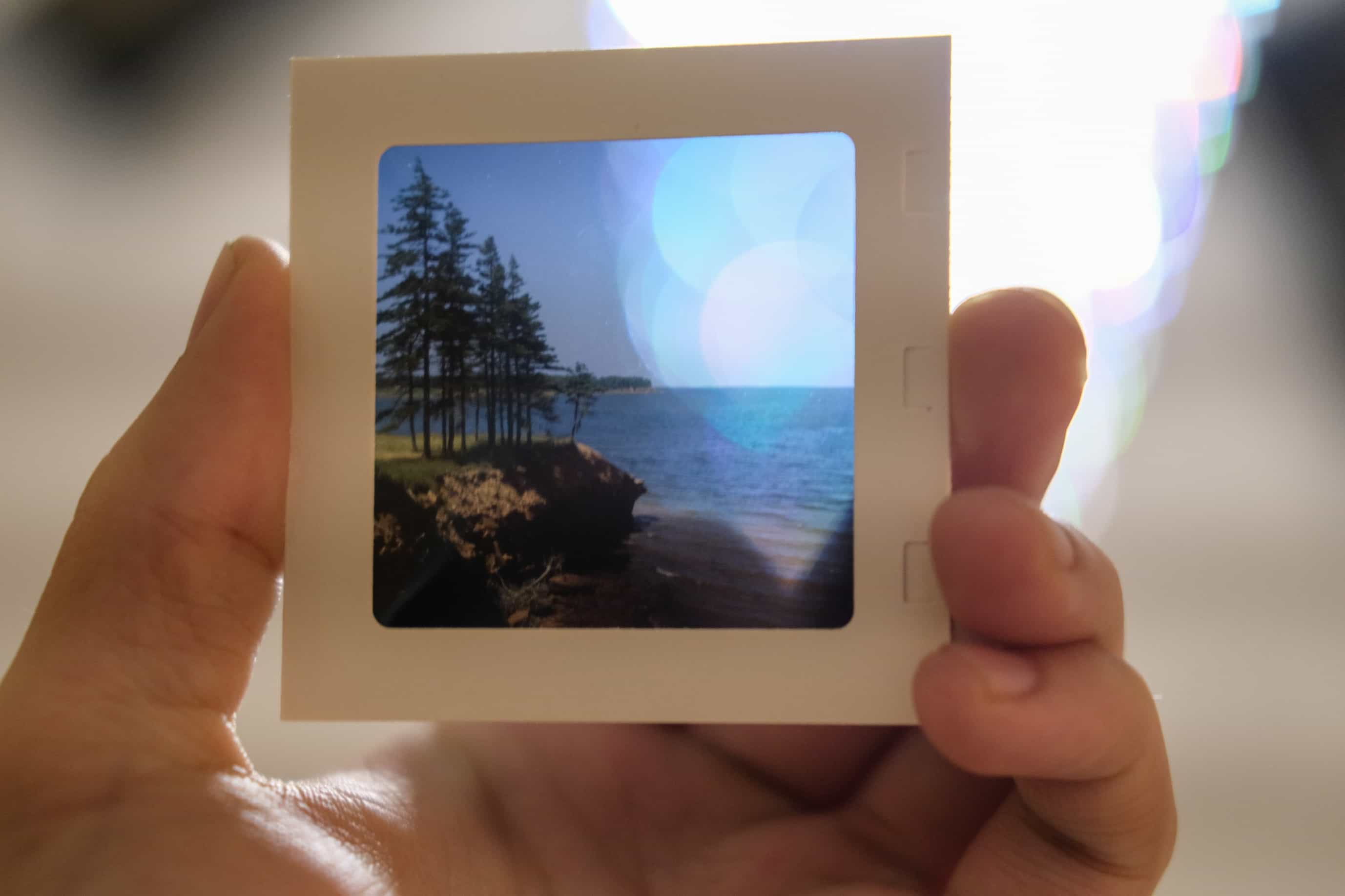
The f/2 aperture is still enough for creamy backgrounds.
The XF35’s maximum f/2 aperture is one stop less than f/1.4, but I haven’t yet been in a scenario where the extra stop of light has stopped me from getting a sharp or satisfying shot.

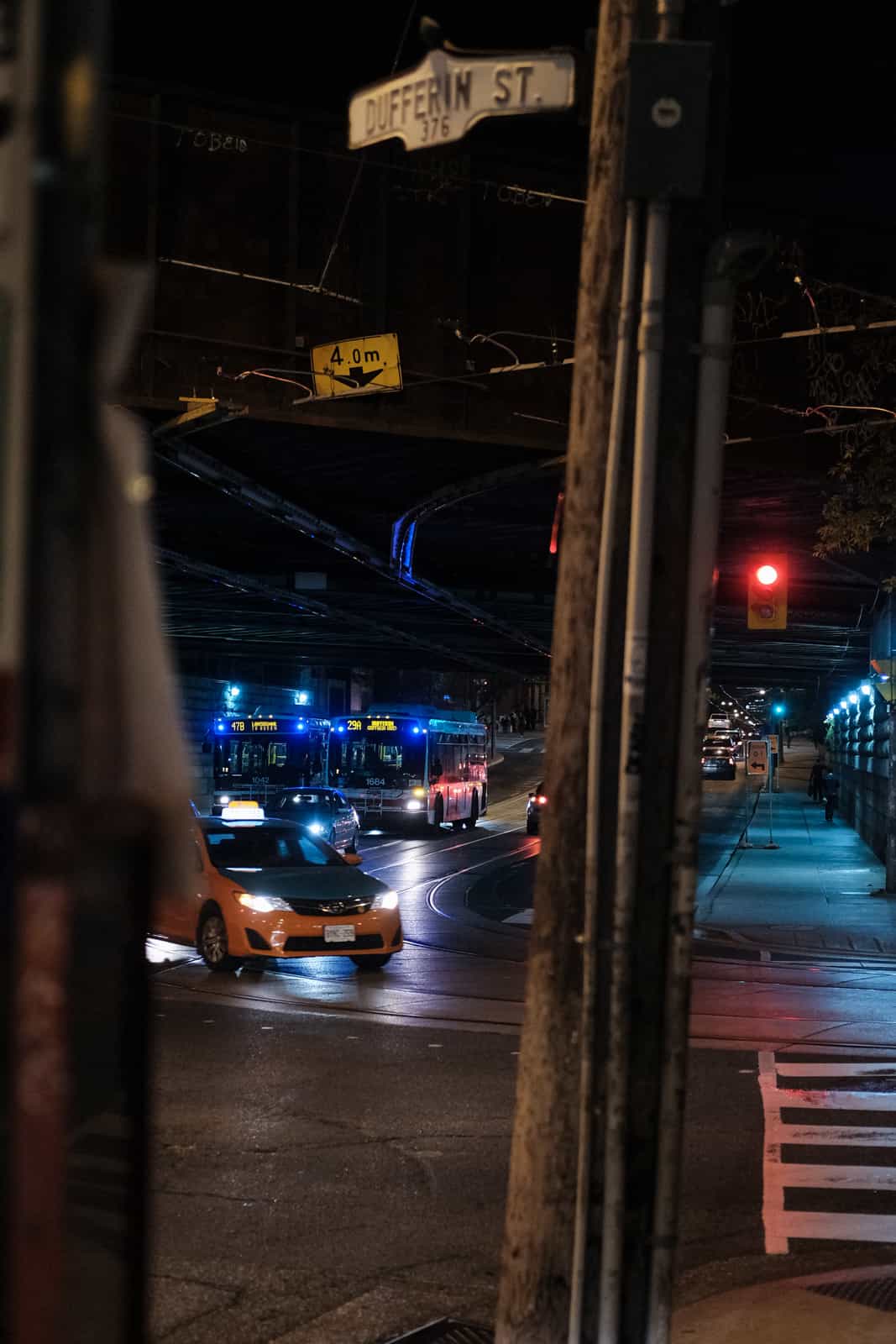
This lens isn’t as bright wide open as Fuji’s older primes, but it can still nail night shots.
Some of my favorite shots are glowing street shots of buses, storefronts, and dramatically lit people, and the XF35 handles this with ease at f/2. The 50mm focal length (in full frame equivalency) means I can still get some shallow depth of field if I’m a few feet away from my subject.
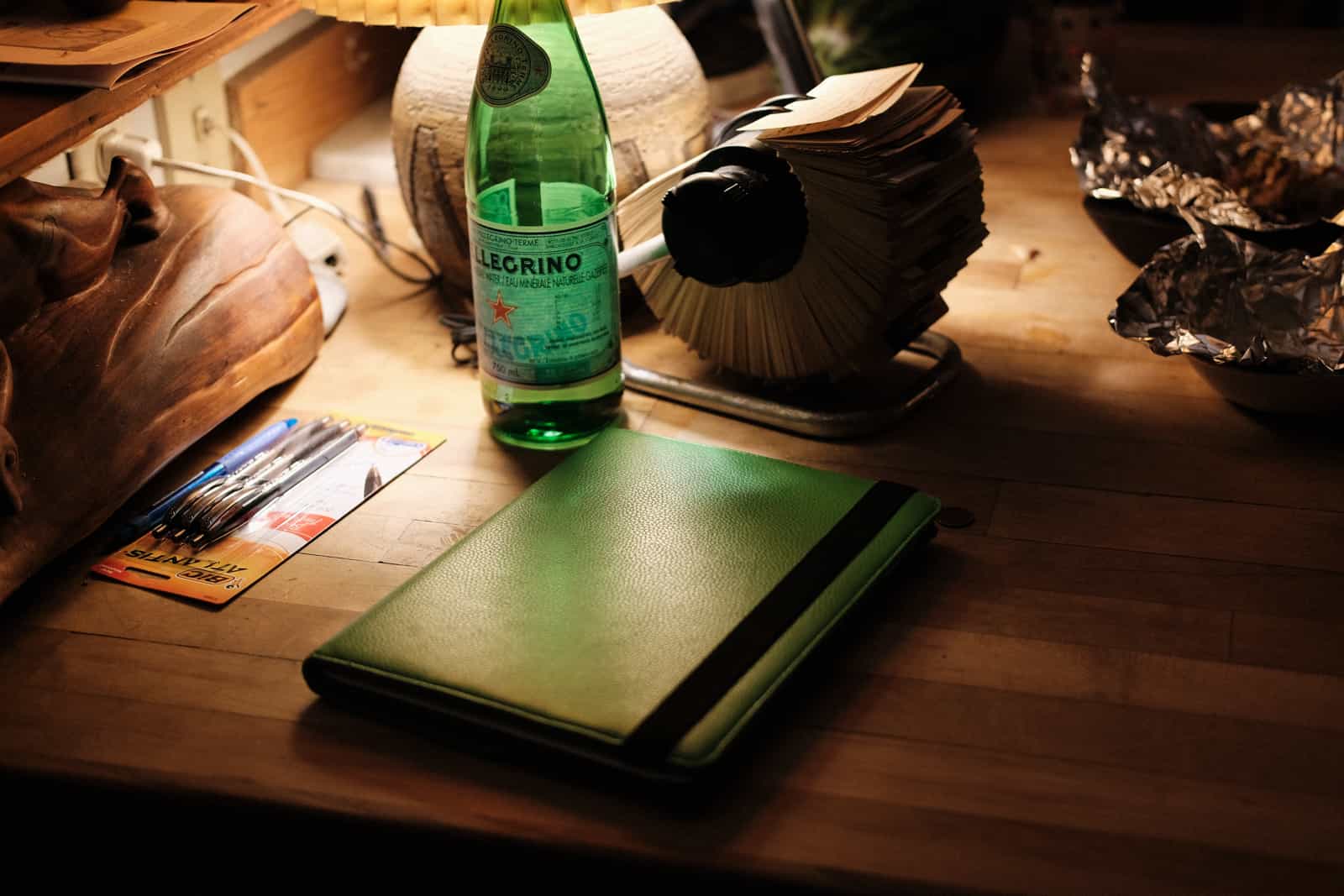
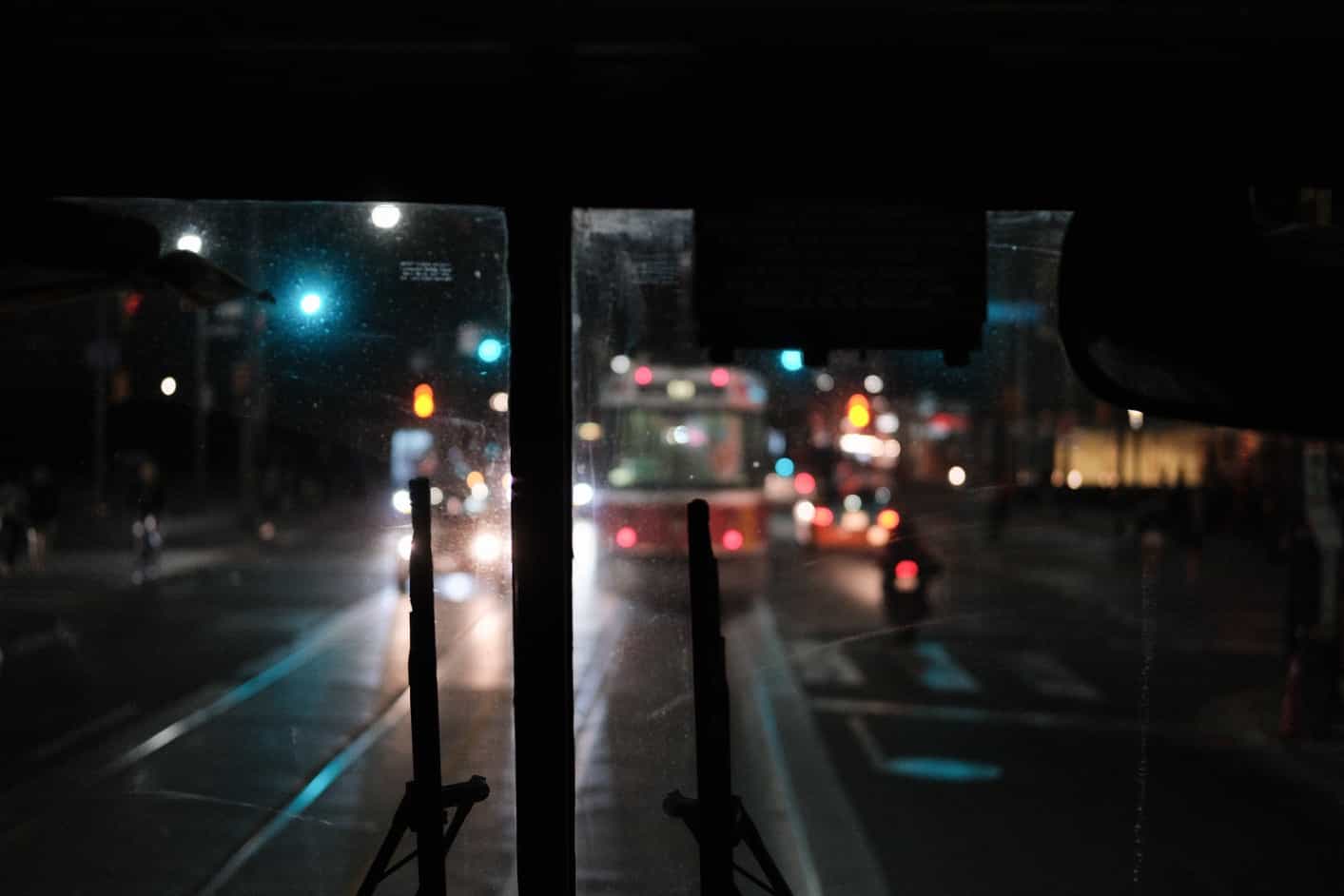
The AF is really good, even on dimly lit streetcars.
Decent MF, Wonderful Aperture Control
I use my X-Pro 2 in AF-S (single shot autofocus) or AF-C (continuous autofocus) most of the time, but there are times when I hear the call of manual focus, just because the electronic rangefinder (an optical viewfinder with a pop-up LCD) on the X-Pro 2 is so much fun to use.
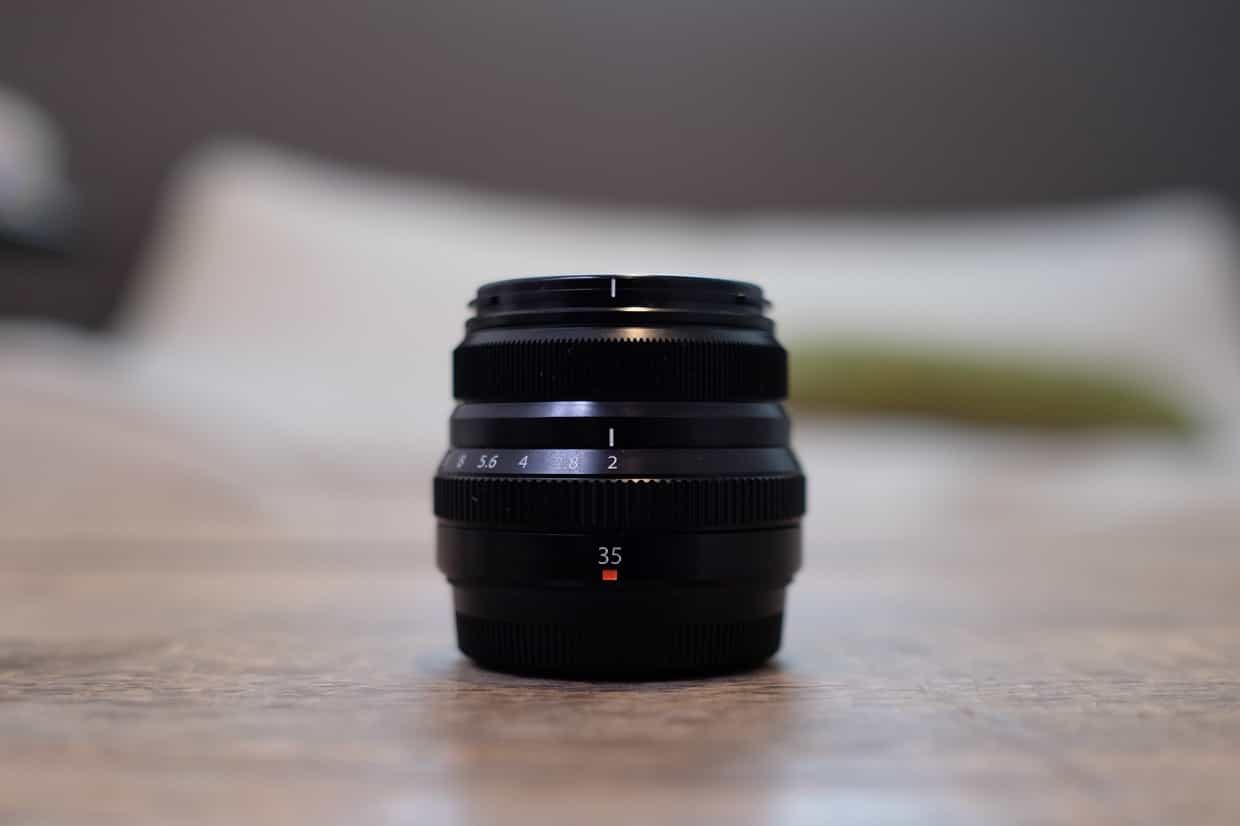
That aperture ring just gets it so, so right.
The focus ring on the XF35mm f/2 is fly-by-wire (read: not mechanical) and doesn’t have the hard stops that the XF23mm f/1.4 does. In terms of feel, it’s dampened just enough to make it firm, but not immovable. Move it slowly and focus will crawl forward, while giving it a good quarter-spin can throw you 40-50% through the focus range. I’d still like to try a completely manual focus lens on the X-Pro 2 someday, but the focus dial on the XF35mm f/2 doesn’t feel like it’s getting in the way in the meantime. It’s much better than the MF experience on Sony’s APS-C lenses.
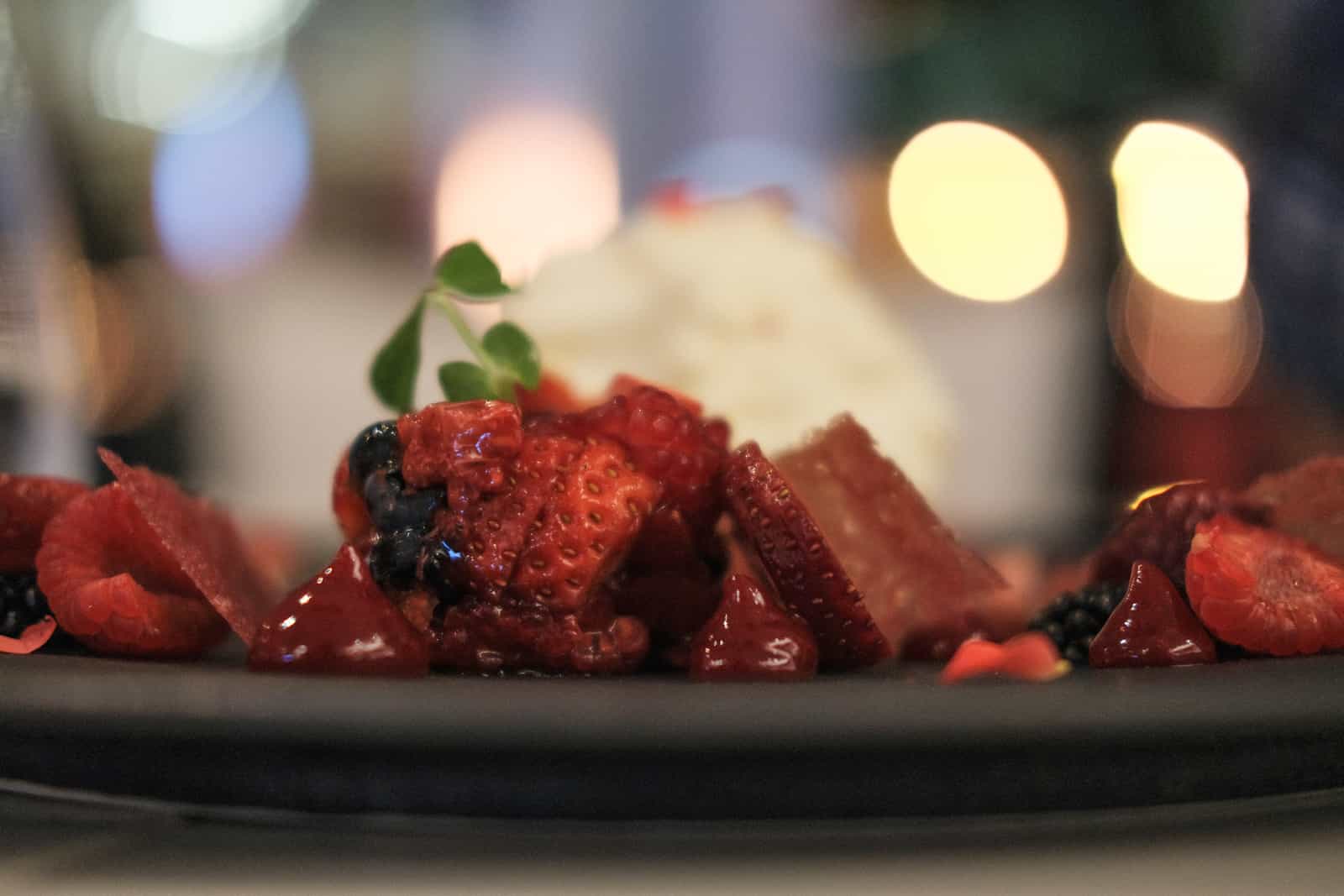
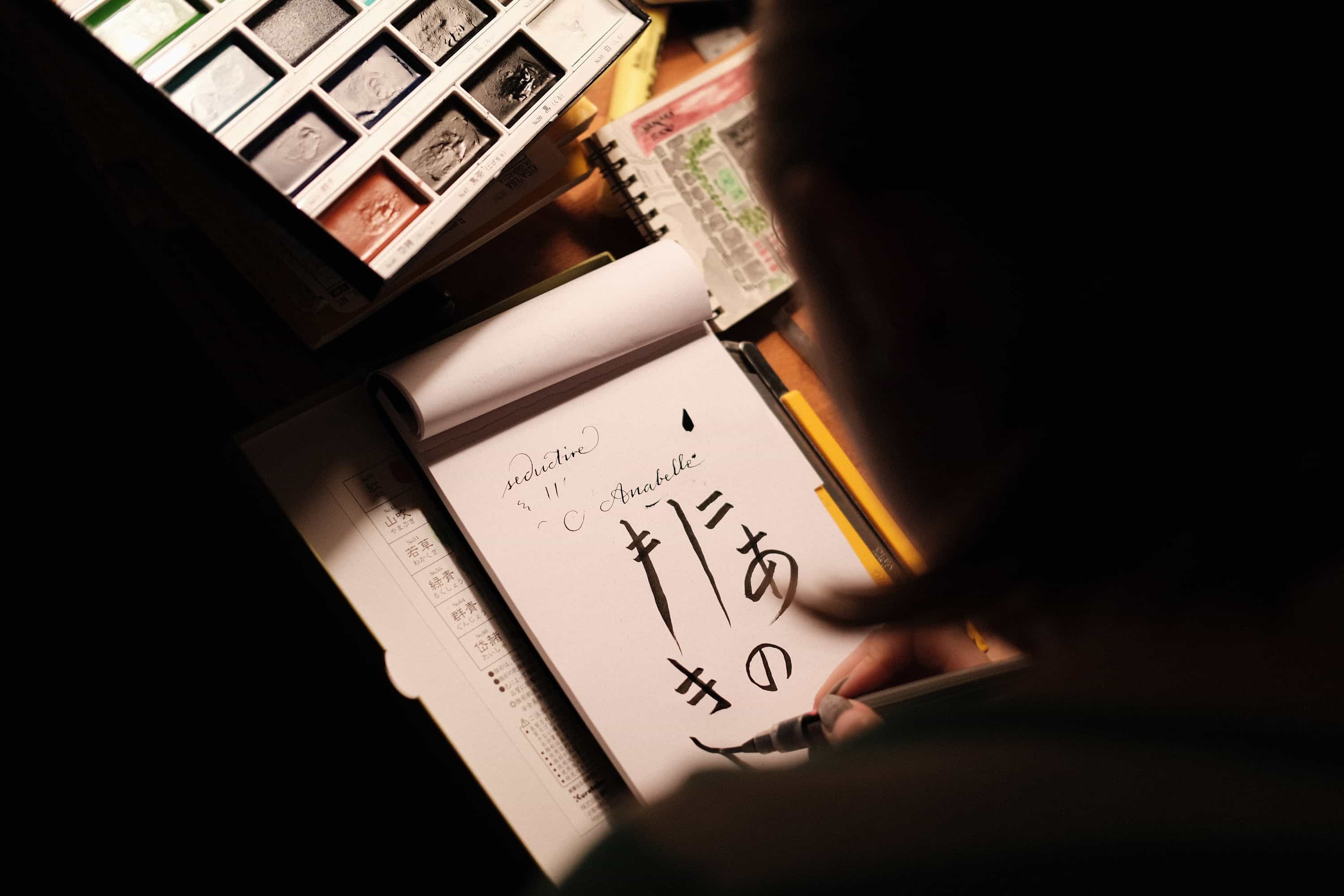
A quick Classic Chrome shot of some late-night calligraphy; the small lens let me get close without getting in anyone’s way.
The only other dial on the XF35mm f/2 is the aperture dial, which is the very best aperture dial I’ve used on the Fuji system. I’ve grown accustomed to checking the XF23mm f/1.4 when I remove it from my bag because it has likely slipped to f/2.8 or f/4, and I usually like shooting wide open on that lens. But there are no such issues with the XF35mm f/2. There is zero slippage on the aperture ring, and it’s delightful to dial into position.
XF 35mm f/2 R WR
Fuji has different designations for their lens features built into the names. This lens has an R designation to indicate it has an aperture ring, and WR means it’s weather resistant (read: splash + dust-resistant).
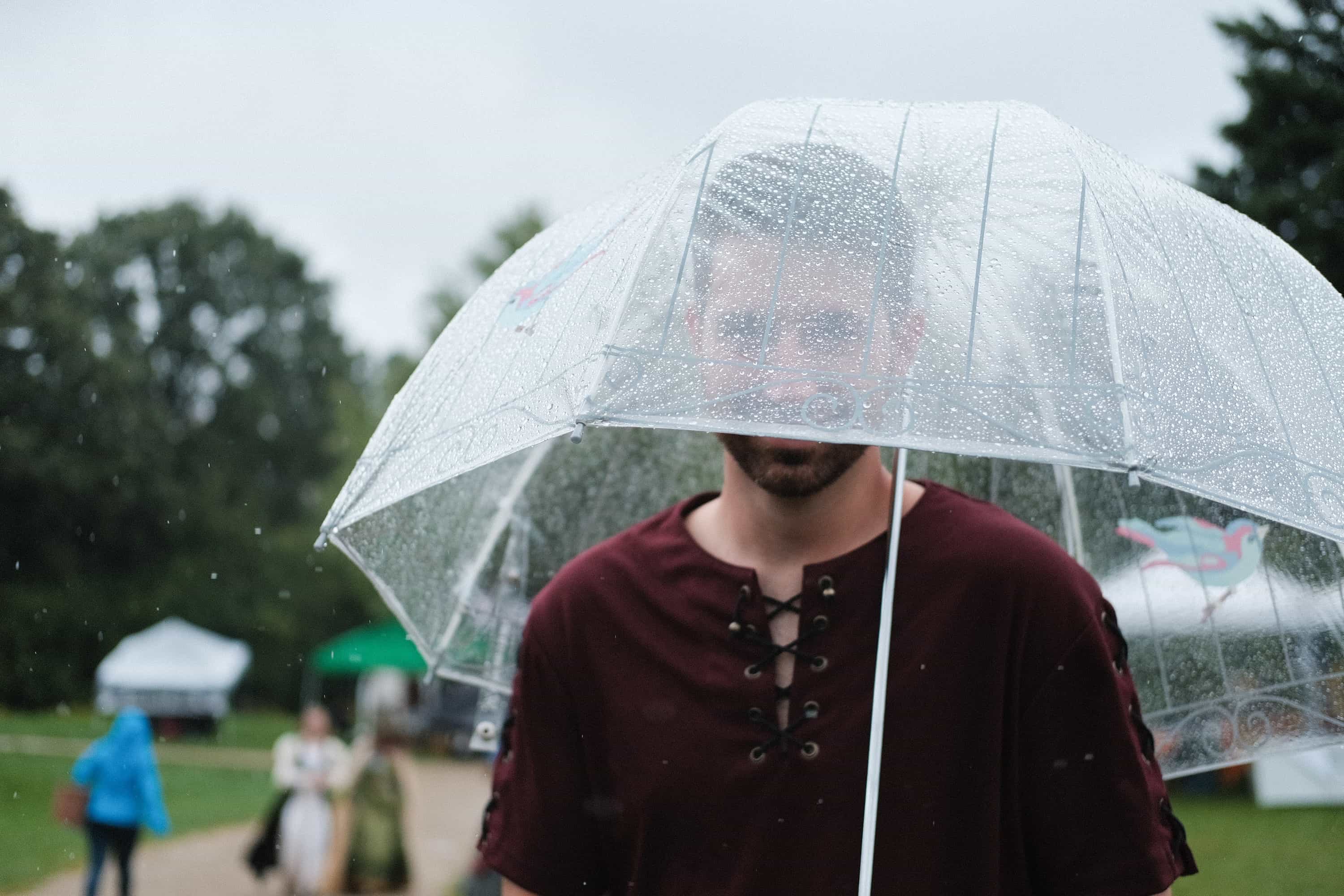
An afternoon shooting in the rain? No problem.
When I bought into the Fuji system, I already knew I wanted at least one of these WR lenses. I don’t shoot in extreme circumstances — dim bars, night walks, church basements — but I do go out of my way to take care of my equipment. Having a weather resistant lens means there’s one less aspect to worry about. I know the lens isn’t waterproof (no immersion in water), but I really like the idea of shooting rain or snow without worrying about the electronics.
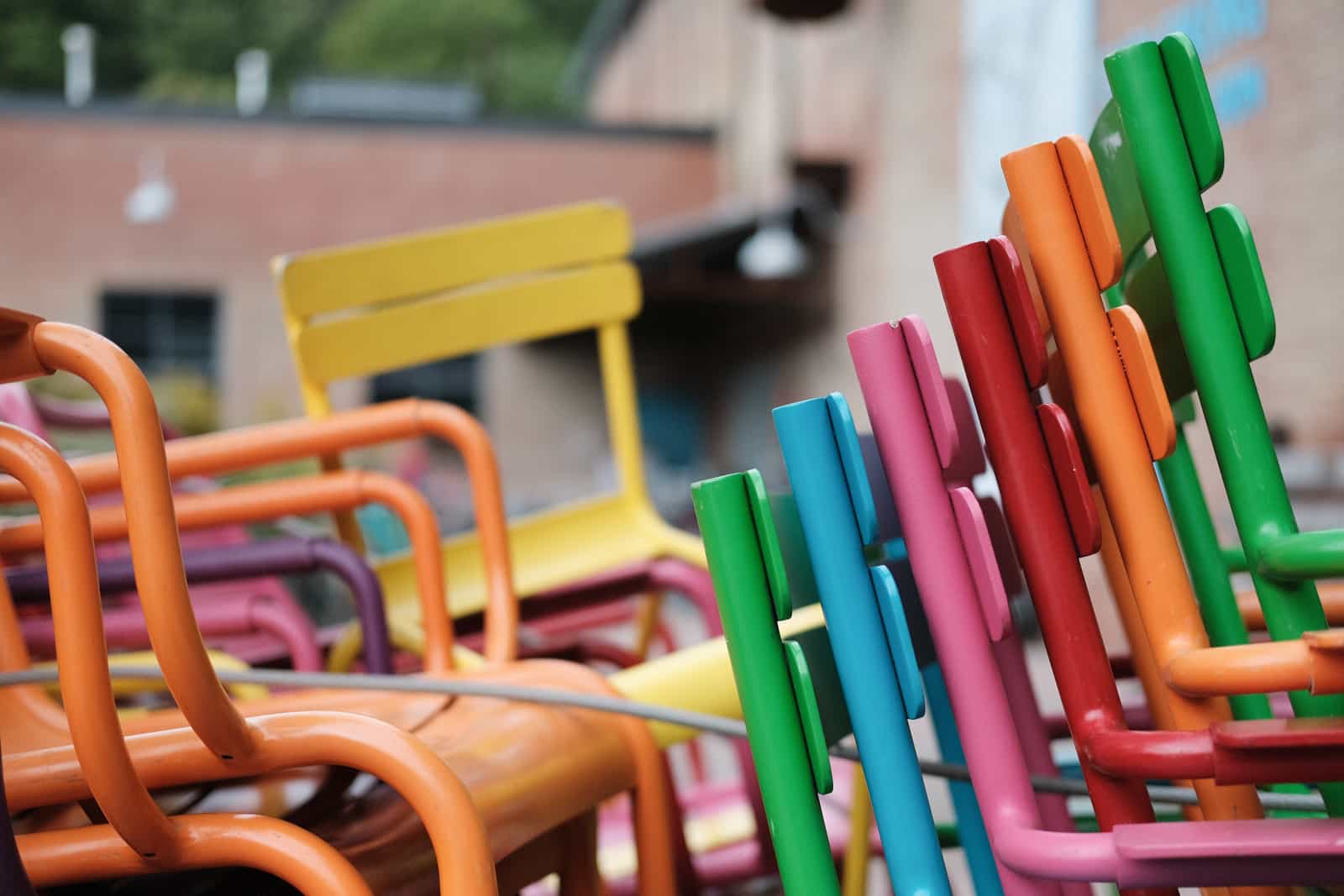

The 50mm equivalent focal length is great for quick portraits.
It hasn’t snowed yet in Toronto, but I did spend a day at a medieval fair near Waterloo where it rained for a few hours. I happily snapped shots of friends and mud men with just the XF35mm f/2 and a hoodie. It should come as no surprise, but after a few hours of shooting outdoors, all I had to do was wipe the front element clean.
A Modern Fuji Prime
Before I bought the Fuji XF23mm f/1.4, I took for granted how quiet all of Sony’s APS-C lenses were. There were occasional sounds when I was set to continuous autofocus, but for the most part, the lenses were dead silent. I thought that’s the way all lenses operated, until I used the XF23mm — the grinding noise the 23mm makes while working can be unsettling. Thankfully, the XF35mm f/2 is a return to the kind of prime lens I’m used to: really fast, and basically silent.
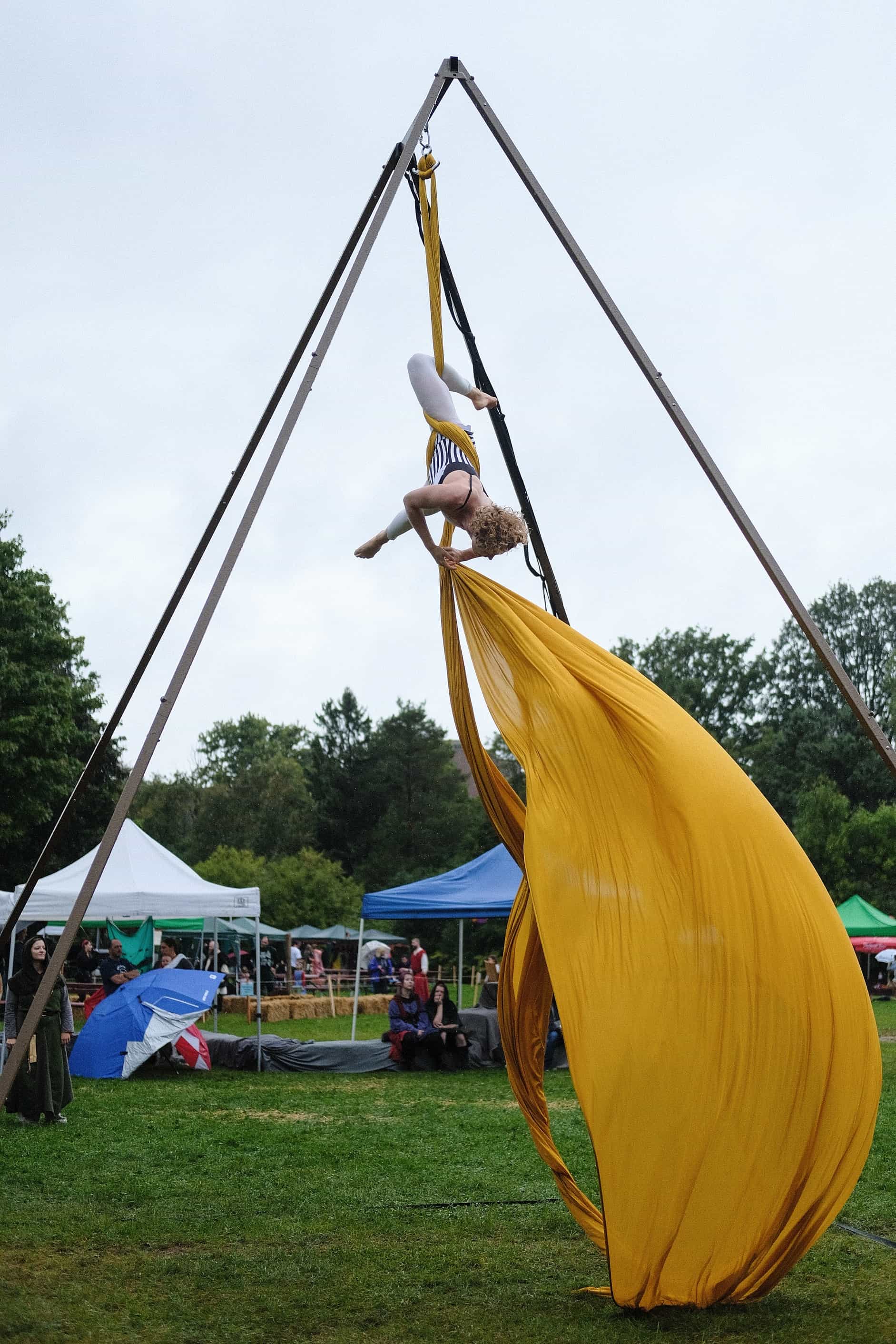
AF-C doing its job on the XF35mm f/2.
Fuji recently released Firmware 2.0 for the X-Pro 2, which refined the autofocus algorithm to use phase-detection autofocus more often, as well as drastically improve the reliability of AF-C. This has made all lenses faster, but the XF35mm just flies. It feels as fast as the autofocus on the A6000, which is a camera that was designed specifically for extremely fast autofocusing.
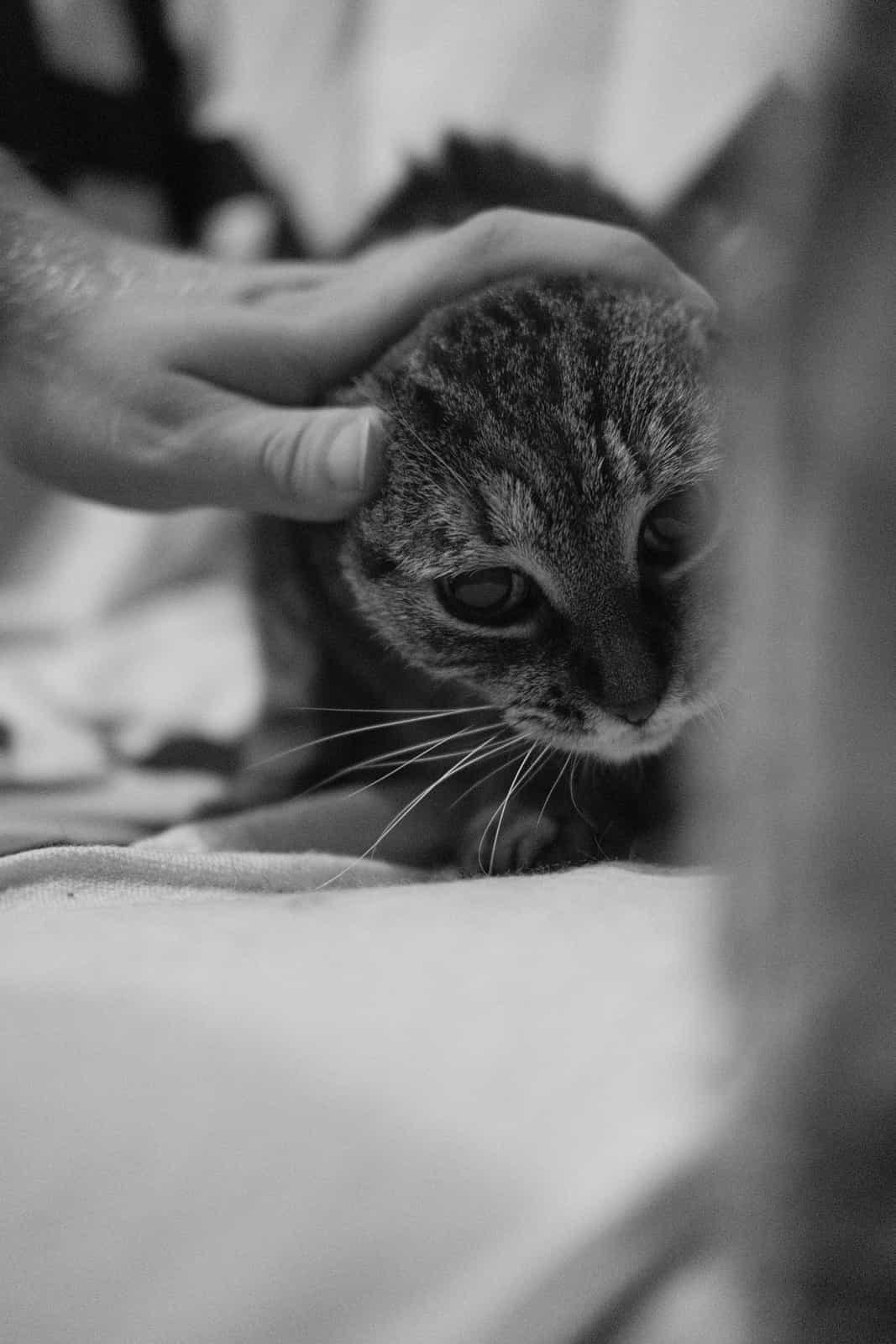
I can reliably use AF-C and the optical viewfinder and nail sharp shots with the XF35mm, and this has changed the way I can approach portraits with my X-Pro 2.

People need umbrellas. This lens does not.
I can reliably use AF-C and the optical viewfinder and nail sharp shots with the XF35mm, and this has changed the way I can approach portraits with the X-Pro 2. Using AF-C makes it very apparent how much parallax the camera is adjusting for, and this makes it much easier to frame OVF shots. All of the lenses work very well in AF-S mode for single shots, but I love the way the XF35mm empowers with AF-C.
Light, Fast, Affordable, Weather Resistant…Where’s the Downside?
Every lens is designed to a particular set of specifications and the tradeoffs are often palpable. The XF23mm f/1.4 is usable in all but the dimmest light, but you always feel its weight and hear its audible noise while focusing. In the case of the XF35mm f/2, it almost feels like Fuji is cheating.
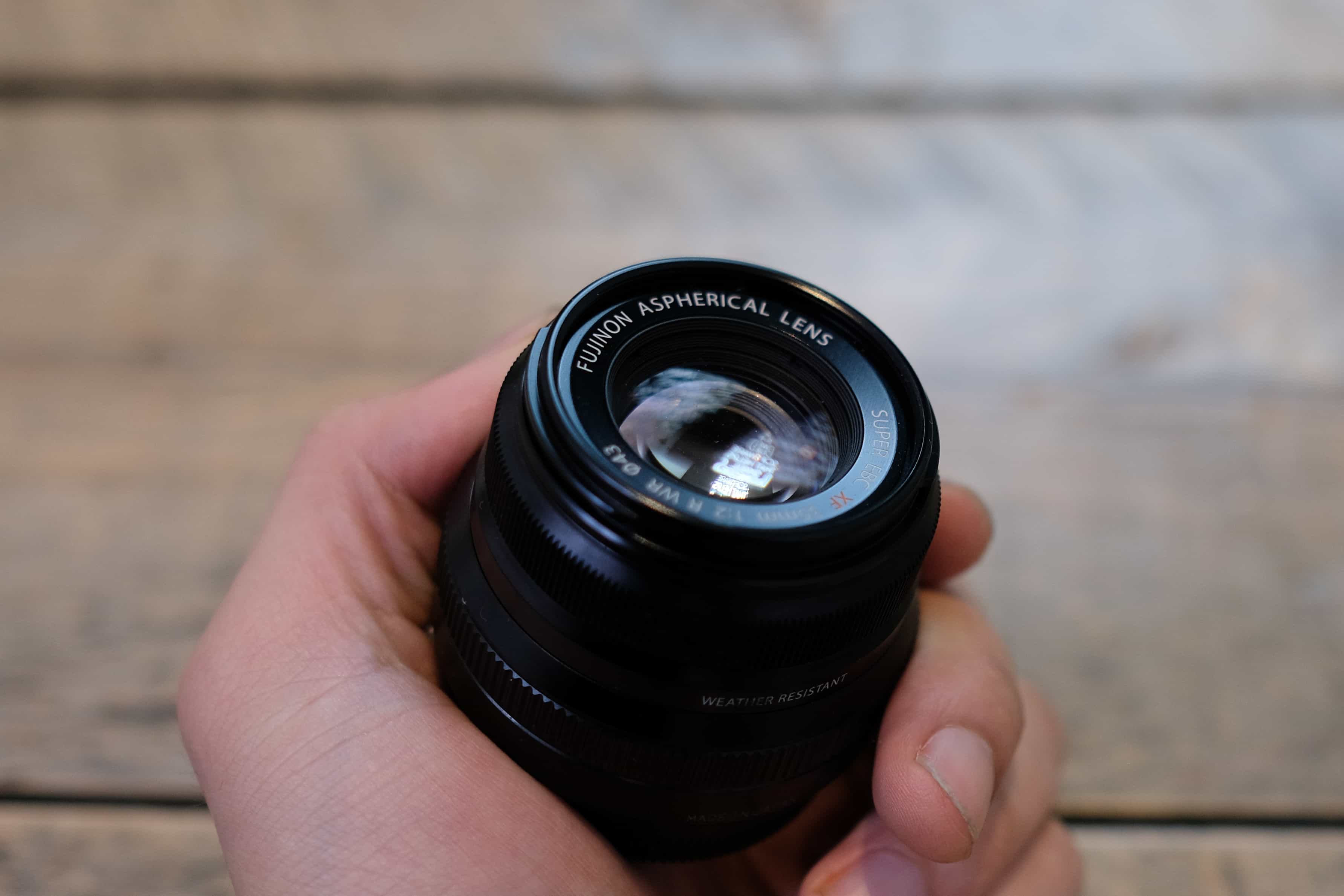
Incredible performance that fits in the palm of your hand.
Most everything else — from the WR designation, the delightful aperture ring, and the focusing speed — just feel like upgrades compared to Fuji’s older, heavier, more expensive glass. I don’t own Fuji’s older XF35mm f/1.4, but this f/2 WR version is cheaper and smaller than that lens as well.
There’s still a place for lenses like the XF23mm f/1.4 (and its 35mm and 56mm brothers), but I think, for most shooters, the weight and cash savings of the XF35mm f/2 (and its newer WR-designated siblings) will be too good to pass up.